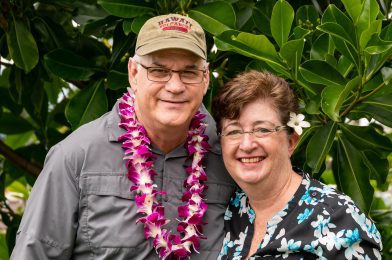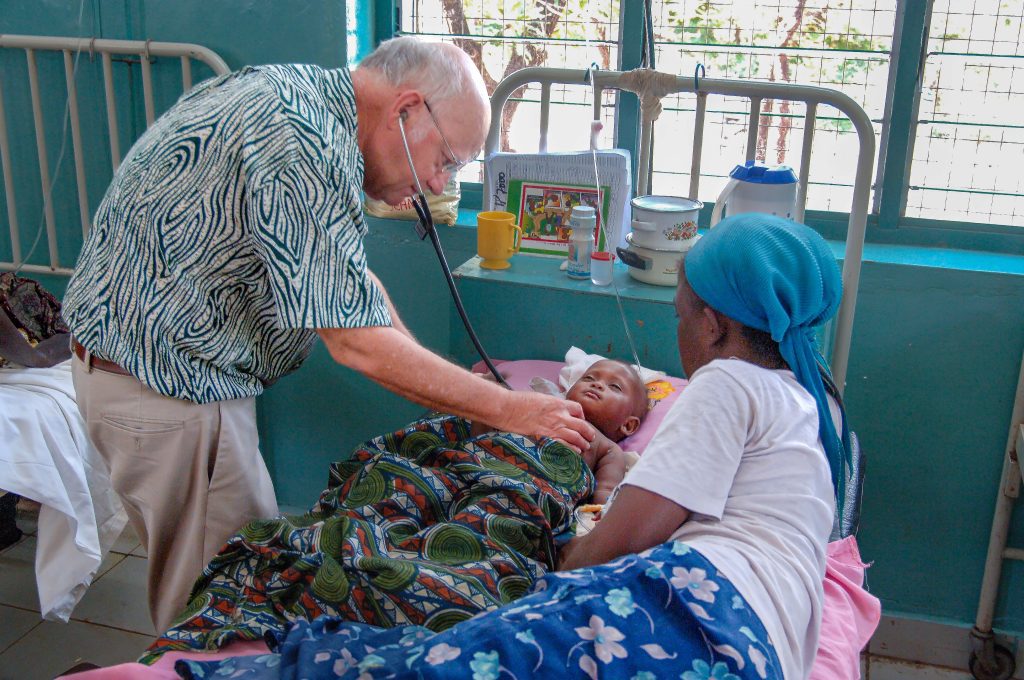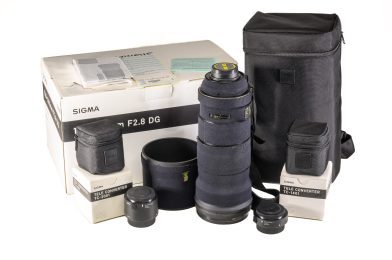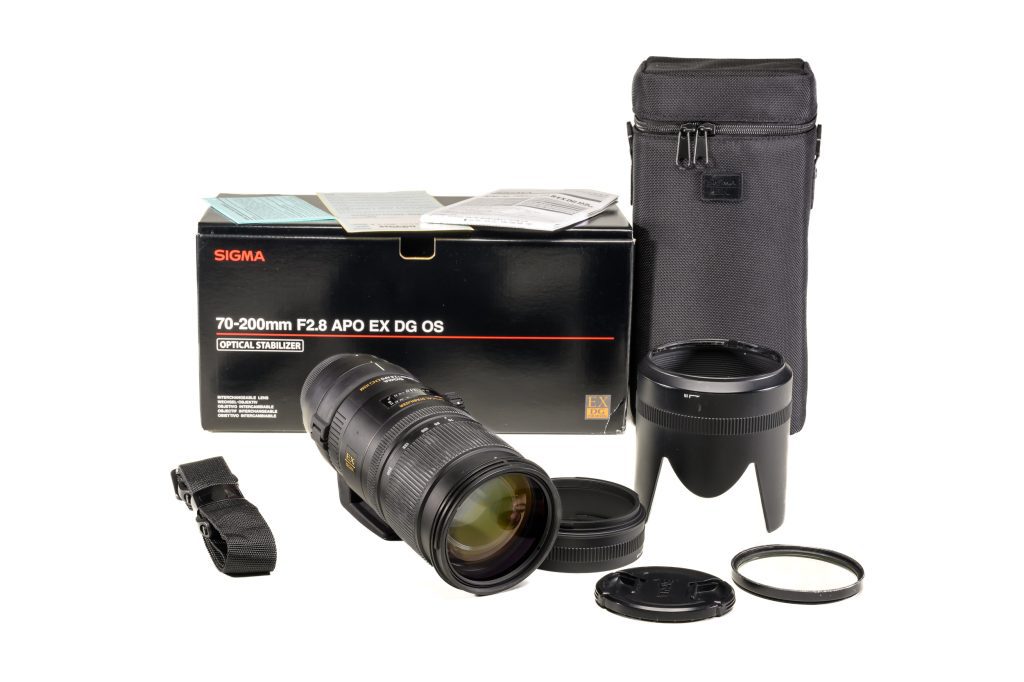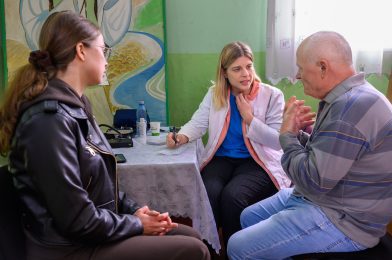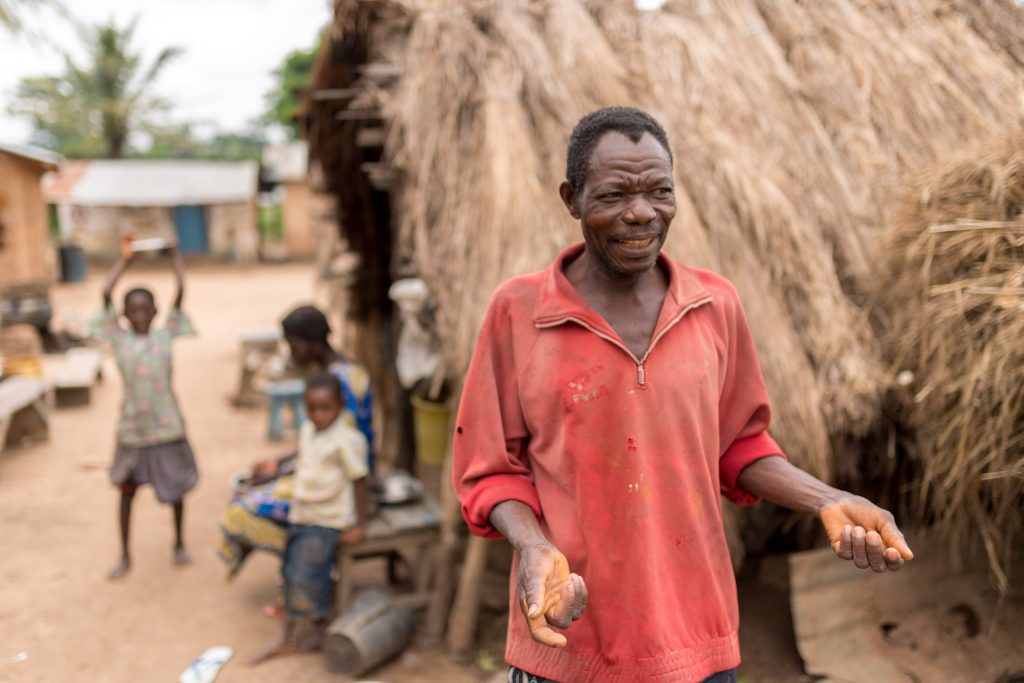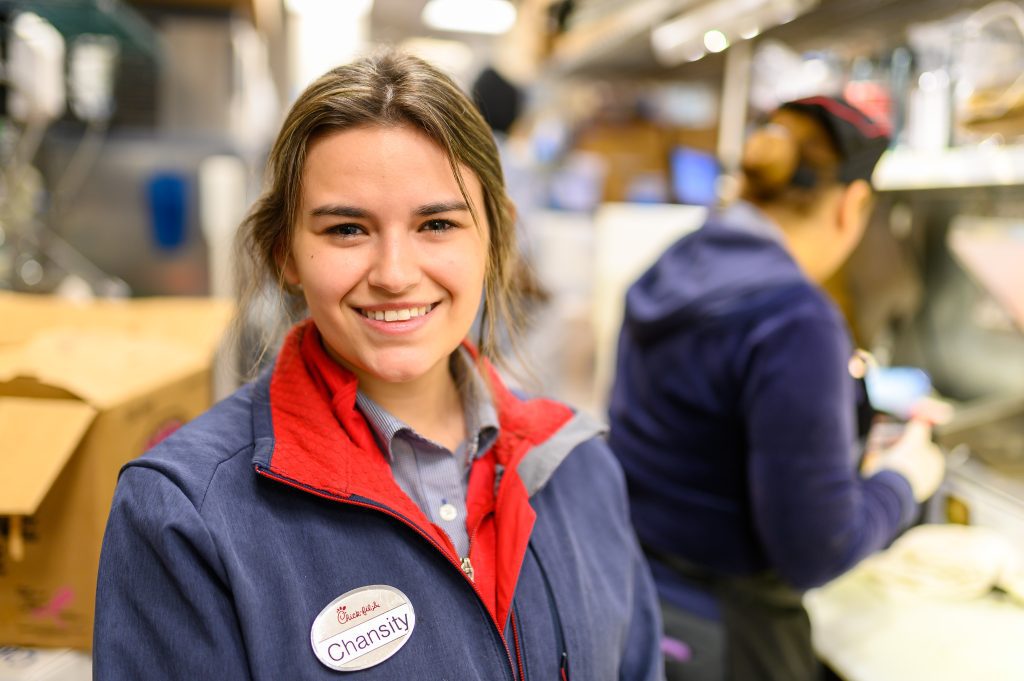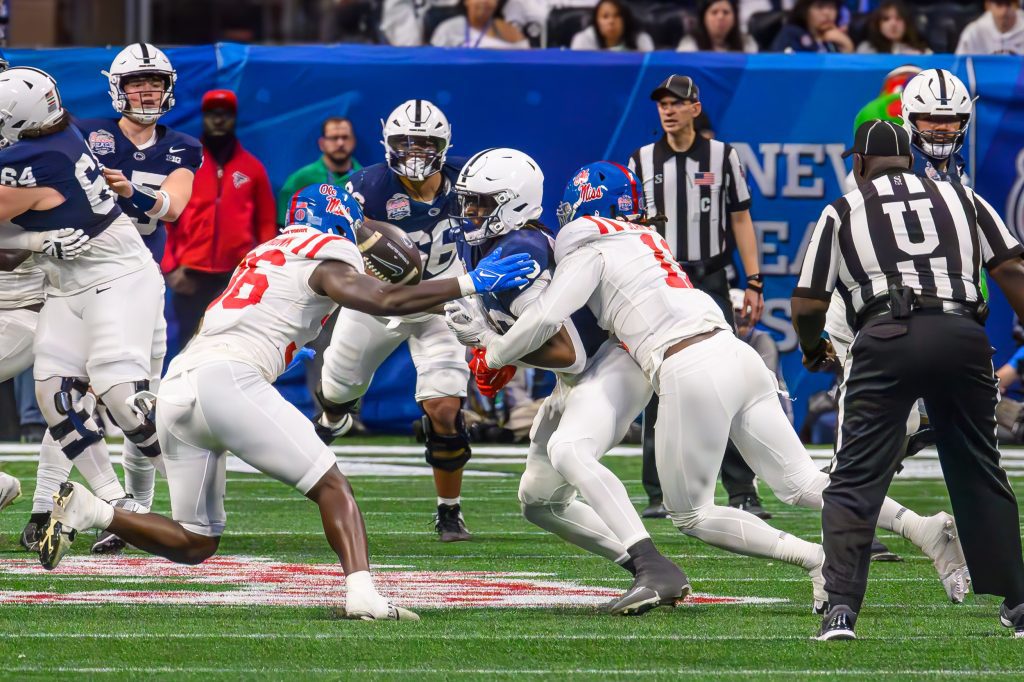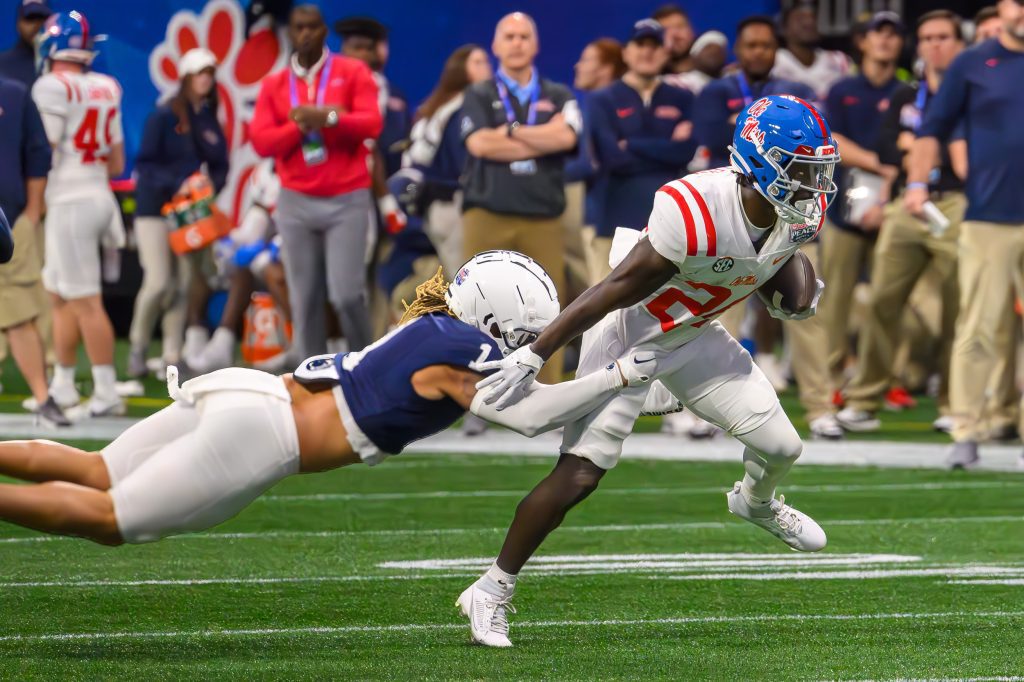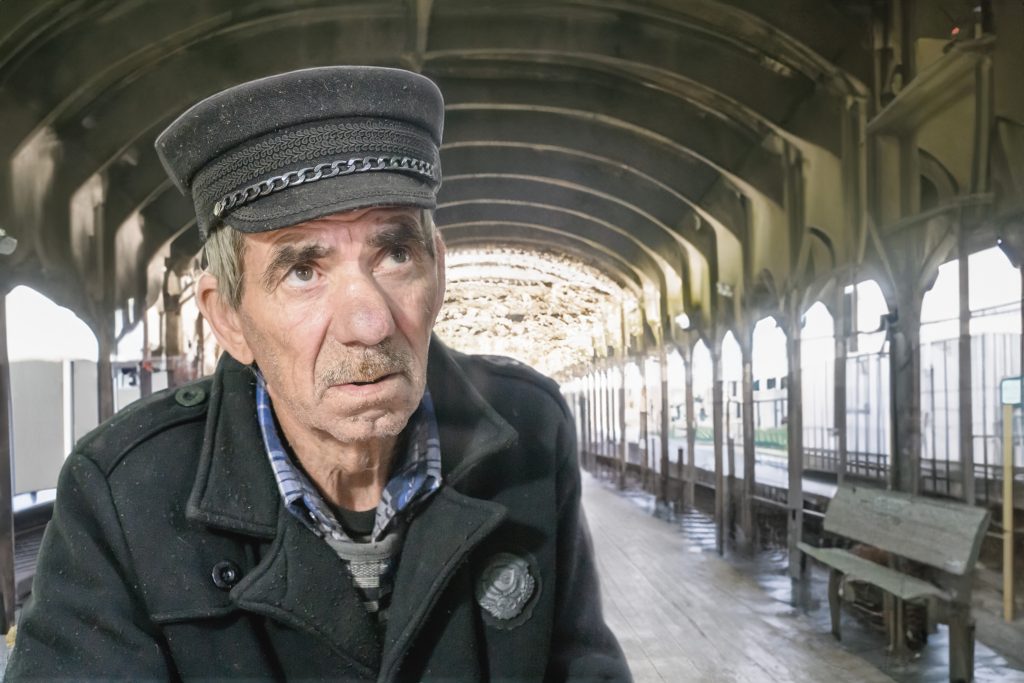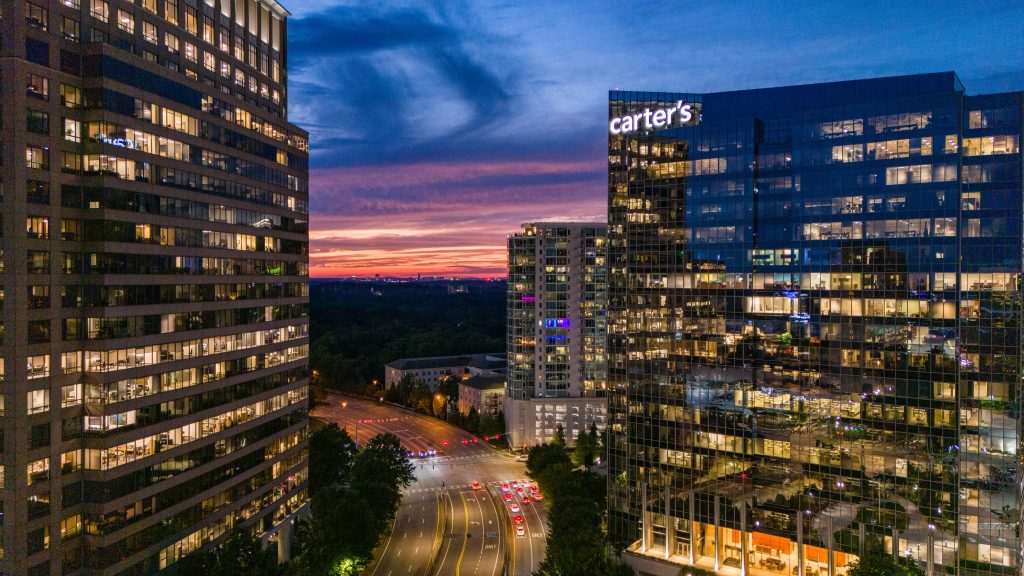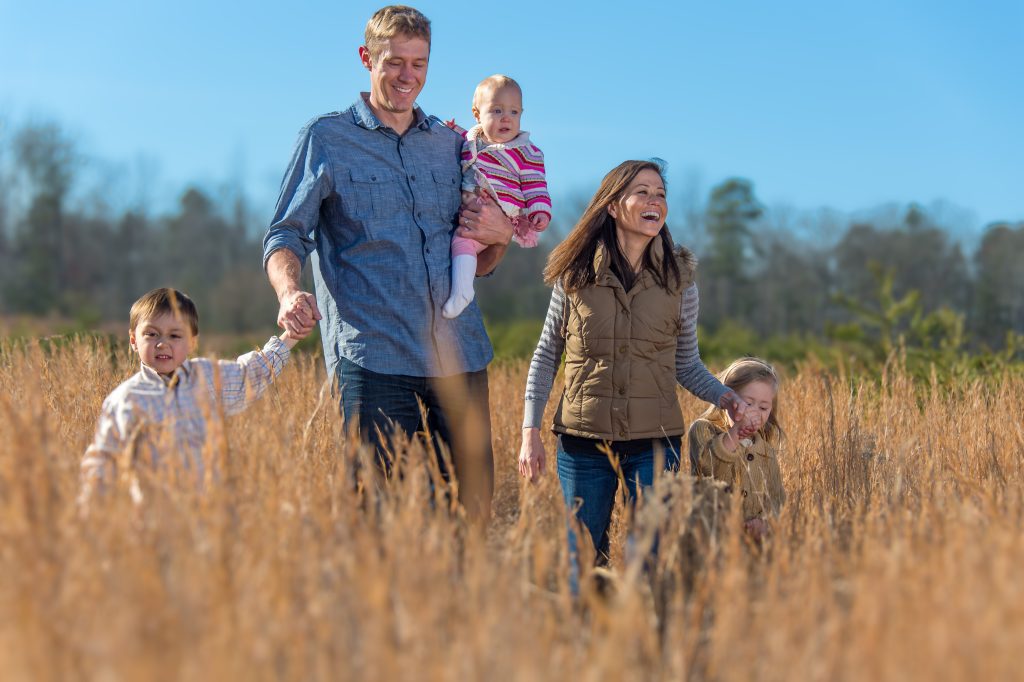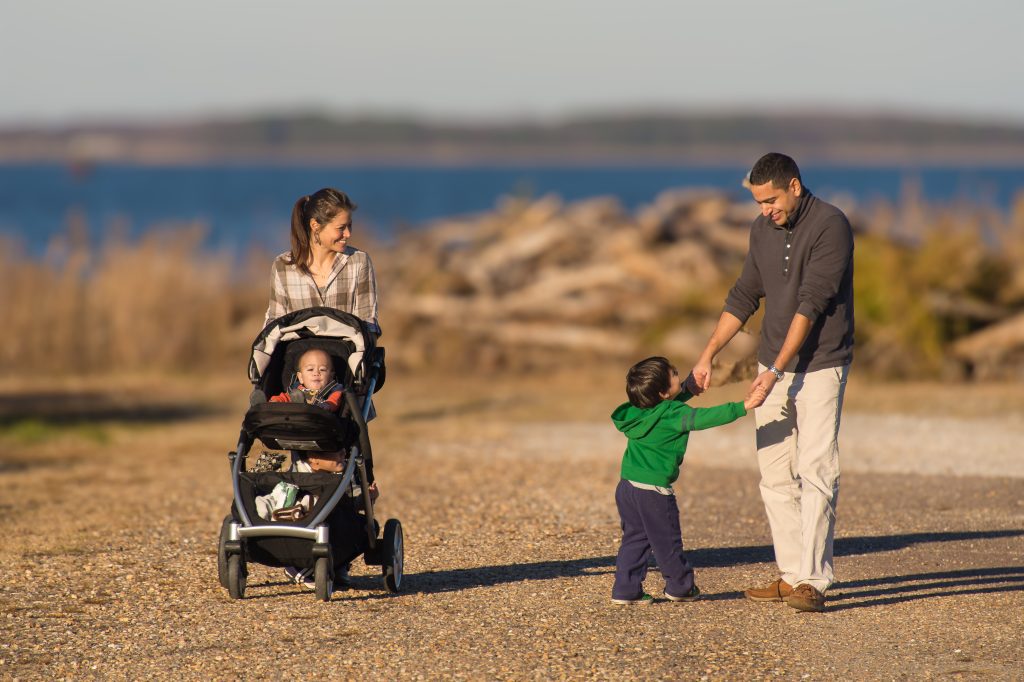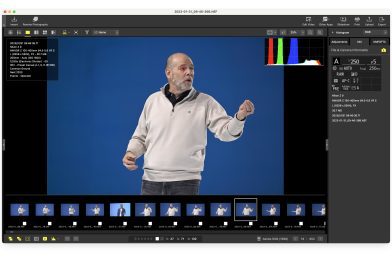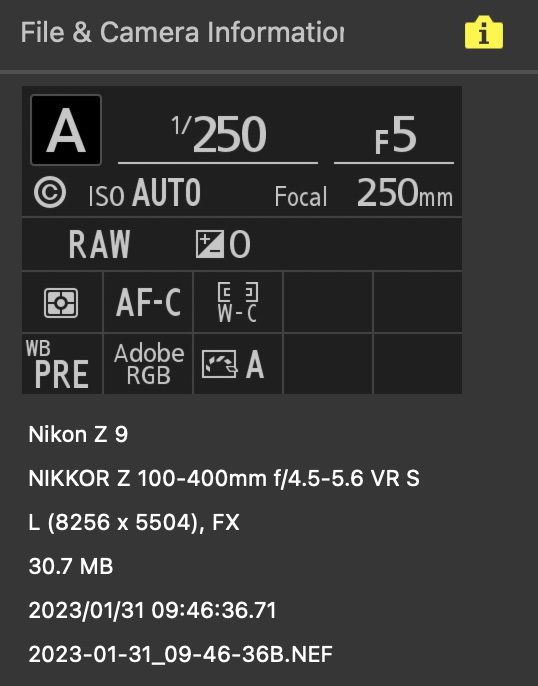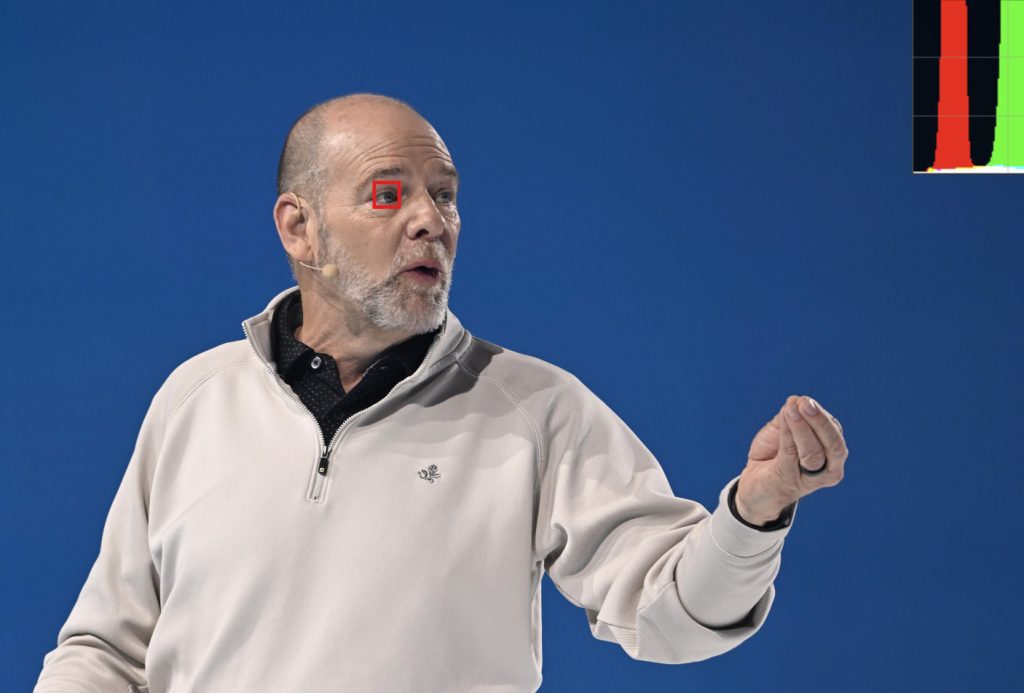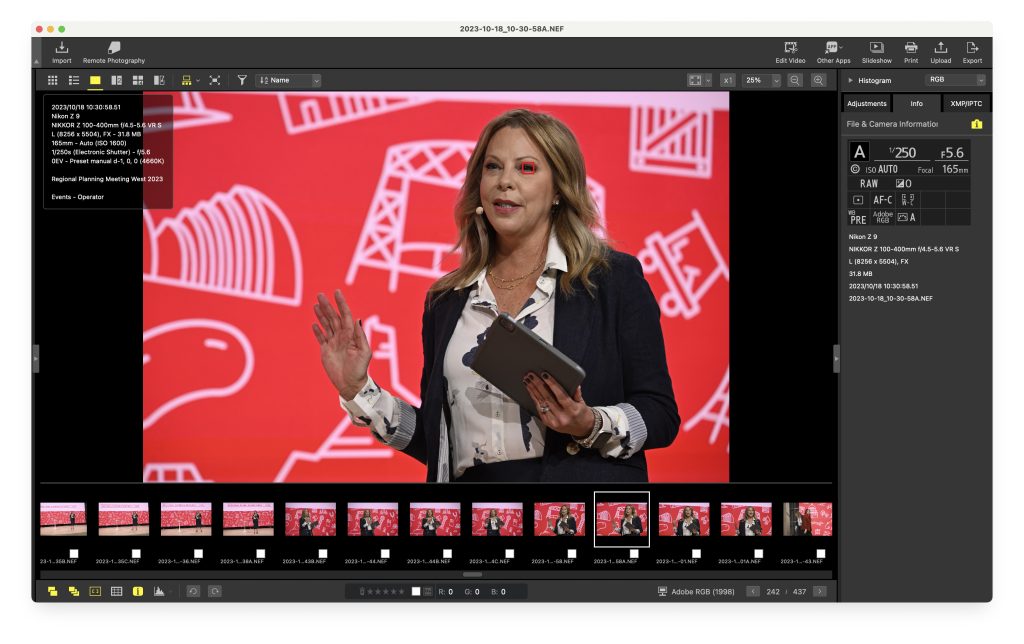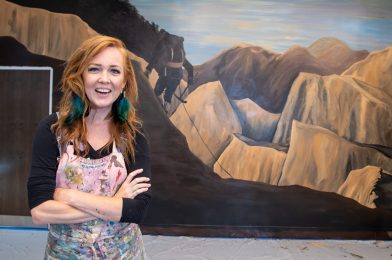Vimeo Showcase Page
In the fast-paced marketing realm, social media remains a vibrant landscape for photographers and videographers seeking to captivate and engage potential clients. As we dive into 2024, here’s a comprehensive breakdown of strategies that could significantly elevate your presence and reel in prospective clients.
1. Embrace Video Content Dominance
Videos reign supreme across social media platforms. Crafting short, captivating, and interactive video content continues to yield exceptional results. Consider tailoring content for TikTok, Instagram Reels, and YouTube Shorts to leverage their massive audience reach.
2. Harness Ephemeral Content’s Urgency
Platforms like Instagram, Snapchat, and Facebook offer Stories—a transient format that disappears within 24 hours. Utilize this feature to create a sense of urgency and FOMO (fear of missing out). Showcase behind-the-scenes moments, exclusive offers, or rapid updates to engage your audience.
3. Cultivate Community Engagement
Instead of simply accumulating followers, concentrate on fostering a community. Engage with your audience by responding to comments, conducting polls, hosting Q&A sessions, and involving them in your content creation process. This builds a loyal and interactive following.
4. Forge Relationships through Influencers
Collaborating with influencers aligned with your brand values can significantly expand your audience. Micro-influencers, in particular, often boast highly engaged followers, offering an excellent avenue for targeted marketing.
5. Champion Social Responsibility
In an era where consumers seek authenticity and purpose, emphasize your brand’s values, commitment to social causes, and sustainability efforts. Clients appreciate businesses that stand for something beyond their products.
6. Optimize through Analytics
Continuously analyze your social media performance using analytics tools. Adapt your strategies based on data insights to optimize content, posting schedules, and ad spending for maximum impact.
The Key to Success: Authenticity and Value
While trends and platforms evolve, the fundamental principles of successful social media marketing endure. Stay authentic, offer value, and engage meaningfully with your audience. These core principles remain your guiding light amidst the ever-changing social media landscape.
In the competitive world of photography and videography, mastering these social media strategies can be a game-changer. Adopting these approaches and remaining true to your brand can forge deeper connections, attract clients, and create a distinctive place in the digital sphere.
Remember, your unique storytelling through visuals and a strategic social media approach can amplify your reach and solidify your standing as a sought-after photographer or videographer in 2024 and beyond.


